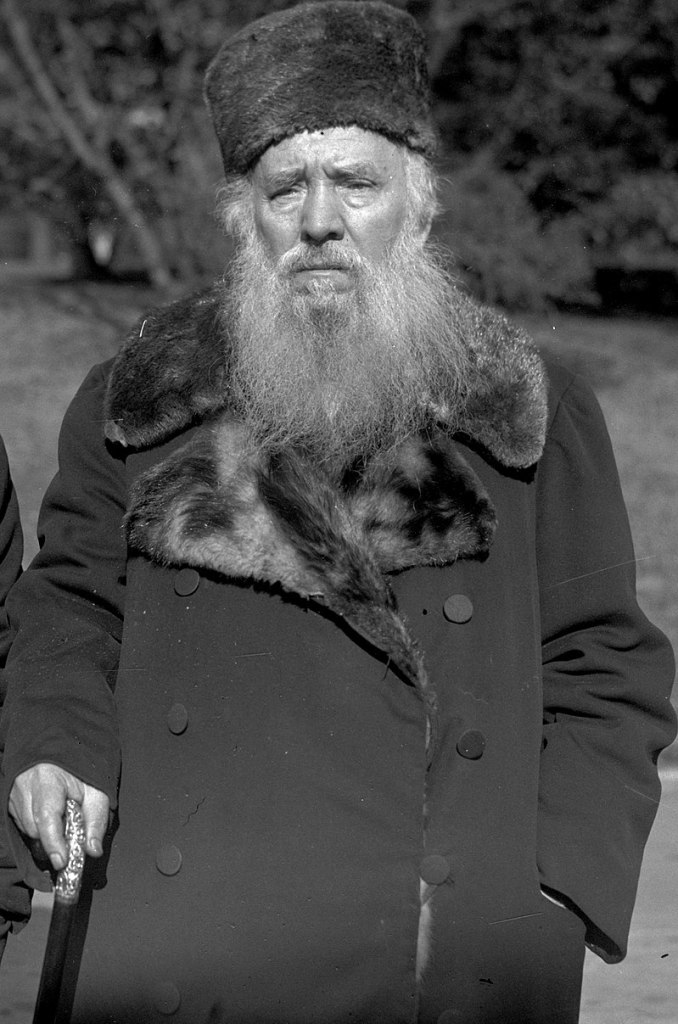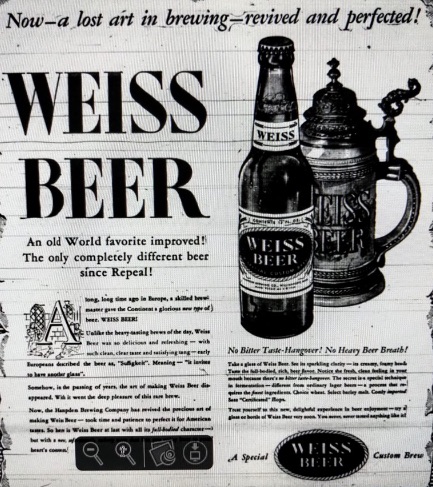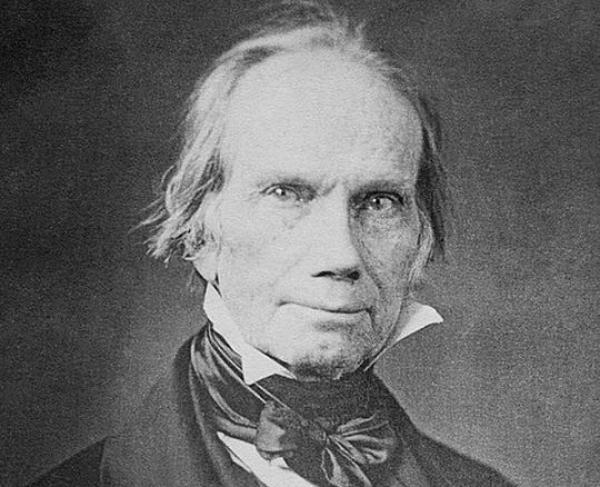Harman’s Battle at Tug River

The following account was published in the Ironton Register on August 24, 1854. It has been edited due to space considerations.
It was about the year 1791 that Captain Henry Harman, together with his sons George and Matthias and a new son-in-law went over upon the Tug Fork of Big Sandy to hunt. In the afternoon the young men went out (as was the custom with the hunters) to see if the locality pleased them for hunting, before fixing upon their final camping ground. At night the young men returned bringing with them some moccasins, some of them new, which they had found at a camp some few miles distant.
Capt. Harman, experienced in frontier life, took a moccasin and scented it for the strong Indian smell, which it had, and says he: “Boys, you’ve done wrong, for the Indians will trail you here for their moccasins; we have no safety but to go home.” After getting a little distance from the camp they put their horses to full speed, the son-in-law leading and had gone but a short distance before he sung out, “Father, I see Indians.” The old man went ahead; they had gone but a little further before the Indians fired upon them from under the bank of the stream, but as good luck would have it not one of them was injured.
Harman and his boys immediately dismounted and “treed.” There were seven of the Indians under the bank, and soon the son-in-law disappeared; he found a hiding place under a log, leaving Captain Harman and his two boys to fight the battle with the Indians, three to seven. Here they stood it for hours, each party trying to get the advantage over the other. Finally, while Capt. Harman and his boys were yet all unharmed, such had been their adroitness, four of the Indians were killed or mortally wounded, leaving the contesting sides three to three.
The three remaining Indians then becoming desperate dropped their guns and rushed up the bank upon Capt. Harman with their bows and arrows. They shot one arrow into his breast and another into his arm. He fell and fainted. They were about to scalp him, when one of the boys with his rifle drove two of the Indians again down the bank, and the other boy rushed upon the third Indian. This young Harman was lame from a fever sore, and the Indian thinking that he was wounded drew his knife and grappled with him; but young Harman proving an overmatch took his knife from him, and stabbed him eleven times. The two Indians down the bank again came up, but seeing their companion had been killed, and that the young Harmans were ready for them, they ran off with nothing but their bows.
Application of water soon brought Captain Harman to himself again. The arrow sticking in his arm and breast had to be cut out as they were barbed, and having brass heads the wounds were very painful. Nevertheless he determined to “settle,” as he said, “on the spot with that skulking whelp–the scoundrel who deserted us in our time of need” and he loaded his gun to shoot the son-in-law, his mouth all of the time full of wrath and cursing. At the earnest entreaties of the sons, the old man was finally induced to spare him until they should get home. On arriving home Captain Harman compelled his son-in-law to leave for other parts.
Captain Henry Harman was the 6th great grandfather of my niece’s husband.
Michael Ondrasik and Home Video Studio specialize in the preservation of family memories through the digitalization of films, videotapes, audio recordings, photos, negatives, and slides. For more information, call 352-735-8550 or visit our website.






